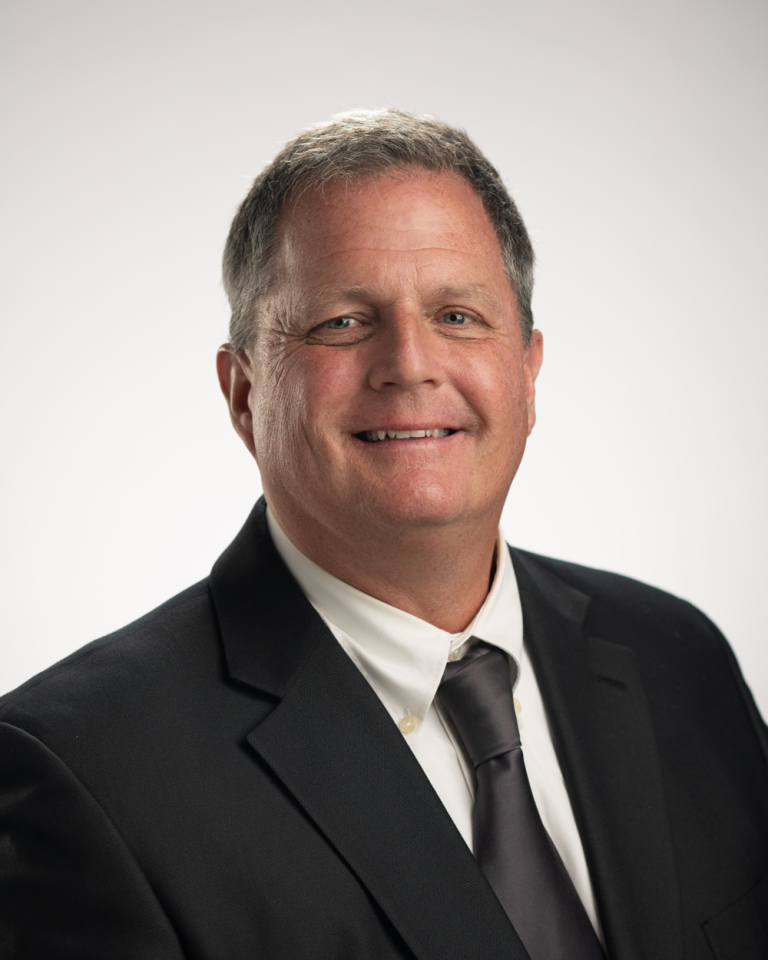
Steven Sepka
Waste Group Lead/Physical Scientist
Affiliation: NASA Ames Space Biosciences Bioengineering Branch
Phone (desk): 650-604-3833
Email: Steven.A.Sepka@nasa.gov
Professional Biography
Jan. 2021 – present (NASA):
- Waste Group Lead/Physical Scientist, NASA Ames Research Center (ARC) – Moffett Field, CA
March 2006 – Jan. 2021 at NASA ARC (AMA, ERC, and ELORET)
- NASA Engineering and Safety Center (NESC): Independent Modeling and Simulation, Aerothermal Working Group Lead (2013 – 2021)
- Orion: Entry, Descent, and Landing Thermal Protection System modeler.
- Mars Science Laboratory: Arcjet testing Primary Investigator and heat shield flight qualification.
- Lab Manager: Laser Side-Arm reactor
Oct. 1999 – March 2006:
- Worked in industry on multiple projects regarding testing, instrumentation, data acquisition, control systems, and data processing.
Current Roles and Responsibilities:
- Waste Group Lead at NASA Ames Research Center, Bioengineering (ScB)
Education
- National Science Foundation Postdoctoral Fellowship in Thermal Protection System Surface Catalysis, NASA Ames Research Center, 1997 – 1999.
- Ph.D. Mechanical and Aerospace Engineering, Illinois Institute of Technology, May 1997, majoring in thermal sciences and physical chemistry.
- M.S. Mechanical and Aerospace Engineering, Illinois Institute of Technology, Dec. 1993.
- B.S. Mechanical Engineering, Illinois Institute of Technology, May 1989.
Research Interest
My research focuses on the recycling, reuse, and repurposing of waste materials produced from crewed spacecraft missions. Being able to take normally discarded materials and and create a circular product lifecycle is a benefit to the crew and mission. Many of these waste materials can become a crew health hazard if not properly treated, stored, or disposed.
One of our current research projects is to develop a space trash compactor that safens the waste by heat treatment while also extracting water. Another area of research is in long-term waste storage on planetary surfaces to meet planetary protection requirements. These waste containers are designed for a minimum 50-year lifespan to prevent unintended microbial release and thus interfere with the search for extra-terrestrial life on Mars. Another area of research interest is to create portable trash compaction systems for crewed planetary surface activities. These portable compaction and bagging systems are designed to preserve livable space, keeping the crew safe from harmful microbial growth, and uphold planetary protection requirements. And finally our long-term research interests are to convert the waste, including broken parts, into useful materials and fuel.
Publications
- “Waste Container Filtration To Minimize Microbial Escape During Long-Term Storage On Mars” Sepka, S., Pace, G., and Spry, J.A., 53nd International Conference on Environmental Systems, ICES-2024-14, 21-25 July 2024, Louisville, Kentucky
- “Considerations For Waste-to-Base Future Research Paths” Sepka, S., Shapiro, A.,, Ewert M., and Lee, J., 52nd International Conference on Environmental Systems 16-20 July 2023, Calgary, Canada ICES-2023-75
- “Design of a Jettison System For Space Transit Vehicles” Sepka, S., Chen, T.T., Ewert M., Venigalla, C., and Lee, J., 51st International Conference on Environmental Systems 10-14 July 2022, St. Paul, Minnesota, ICES-2022-129
- “A Reliability Comparison of Classical and Stochastic Thickness Margin Approaches for the Orion Heat Shield Resulting From Material Property Uncertainties,” Sepka, S., McGuire, K., VanderKam, J., 2018 AIAA Aerospace Sciences Meeting, 2018, Kissimmee, FL
- “Thermal Protection System Mass Estimating Relationships for Blunt-Body, Earth Entry Spacecraft,” Sepka, S., Samareh, J.A., 45rd AIAA Thermophysics Conference, 22 – 26 Jun 2015, Dallas, TX
- “Testing of Candidate Rigid Heat Shield Materials at LHMEL for the Entry, Descent, and Landing Technology Development Project,” Sepka, S., Gasch, M., White, S., and Beck, R.A., 36th International Conference and Exposition on Advanced Ceramics and Composites, January 22-27, 2012, Daytona Beach, Florida
- “Monte Carlo Approach to FIAT Uncertainties with Applications for Mars Science Laboratory,” Sepka, S., M. Wright, J. Thermophysics and Heat Transfer, vol. 25, no. 4. October-December, 2011 pages 516-522.
- “Testing of SLA-561V in NASA-Ames’ Turbulent Flow Duct With Augmented Radiative Heating,” Sepka, S., Wray, A., Prabhu, D.K., R. S. Kornienko C. A. Radbourne , AIAA paper 2011-3619, 42nd AIAA Thermophysics Conference 27 – 30 June 2011, Honolulu, Hawaii
- “Turbulent Flow Over an Ablating Flat Plate with Roughness,” Sepka, S., M. E. Tauber, 41st AIAA Thermophysics Conference, 22 – 25 June 2009, San Antonio, Texas, AIAA 2009-4079
- Sections of “Permeability, Optical Properties, and Heat of Combustion: PICA Material Property Report C-TPSA-A-DOC-158,” Crew Exploration Vehicle, Block II Heatshield, Advanced Development Project, May 2009
- “Arc Jet Testing Of SLA-561V/M55J In High Stagnation Pressure Flow,” NASA-Ames TS 06-03, November, 2006.
- “Experimental Investigations of Surface Reactions in Carbon Monoxide and Oxygen Mixtures,” Sepka, S., Marschall,J., Copeland, R., and Chen, Y.K. , J. Thermophysics and Heat Transfer, Vol. 14, No. 1, January–March 2000.
- “A Quantitative Study of the Modified Regenerative Engine,” Ph.D. Thesis, Illinois Institute of Technology, May 1997.
- “Combustion Initiated by a Porous Ceramic Regenerator in a Reciprocating Engine Environment,” Sepka, S., F. Ruiz, AIAA Journal of Propulsion and Power, V 13, No. 2, pp. 213-217, 1997.
- “Experimental Investigations of the Regenerative Engine with Emphasis on Combustion Characteristics,” M.S. Thesis, Illinois Institute of Technology, December 1993.
- “New Experiments and Computations on the Regenerative Engine,” Sepka, S., F. Ruiz, SAE paper no. 930063, International Congress and Exhibition, Detroit, MI, March 1993.



























